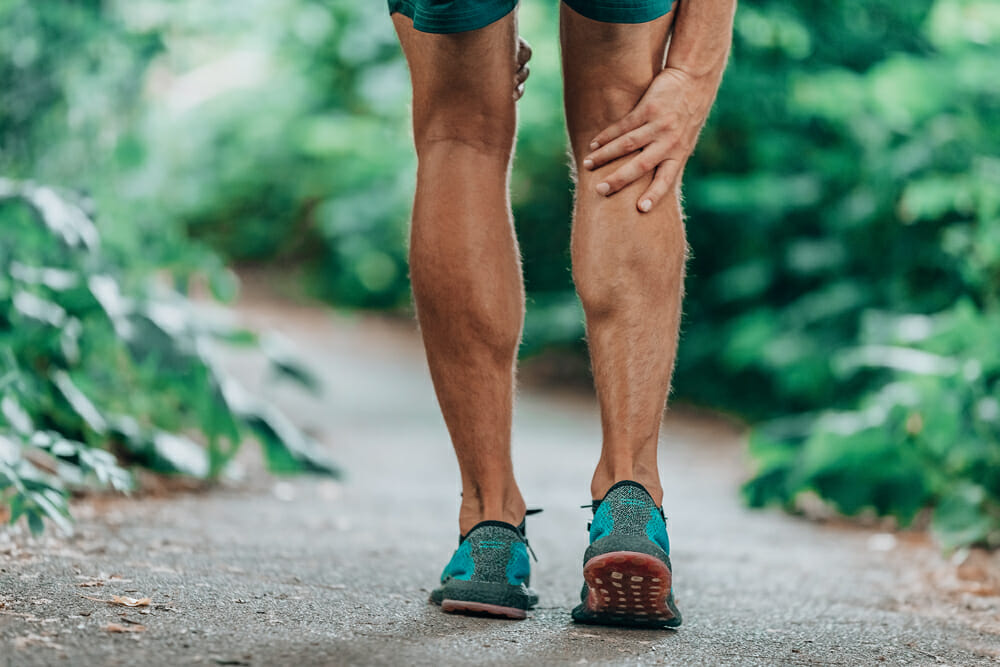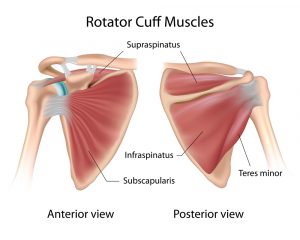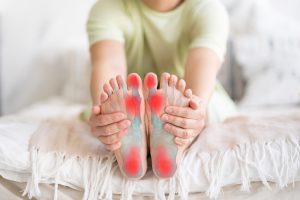The Top Three Running Injuries We See As Chiropractors
Running is a great way to stay fit, mobile, and active. You can run from all ages, sizes and varying abilities as long as you have the functional capacity and minimal dysfunction through your joints.
A lot of people that come to see us are not in a fit state to be able to run due to dysfunction, pain, immobility. But walking and running do allow us the easiest access to get back to some mobility and fitness to live a long, healthy, independent, and mobile life, not confined to immobility and a lack of independence.
For me, when I can run, when I’m free from injury with no back pain is one of the easiest things to do especially with having two kids at home. You can just put the trainers on and run for 30 minutes and feel like you’ve had a good cardiovascular workout and mentally I feel in a much better place to begin the day.
I believe that is one of the reasons that people choose running over other cardiovascular-based activity. First it is cheap. Secondly it is easy. Thirdly it’s a huge stress reliever and a great mental release.
This brings us to why can people not run because of the pain. It’s often that we have people come to see us because they can’t do physical activity like long walks with friends, running, and gym-based activities. They want us to get them in a position where they get back to doing those things, get their life back. It’s a big part of a lot of people’s life is staying fit and mobile.
Offer: Book a free consultation with West Chiropractic >
What are the top three running injuries that we see?
The first is low back pain. This is the most common type of running injury that we see as chiropractors. The reason being is that when running, you are upright. It’s a high impact sport and a lot of force will go through the joints and the base of the spine.
The hips attach to the pelvis and the pelvis is in constant movement when you are running. As the left foot goes forward, the right leg goes back.
If there’s any instability in the pelvis, this will cause dysfunction and then the lower back has to take up the majority of the stress. Over time, this can cause it to have imbalances and problems.
We need to make sure we’re getting the lower back into the best position to be able to take up that stress when going for longer runs and walking.
There are two muscles on either side of the back called the erector spinae muscles. They are designed to simply keep you upright, hence the name “erector”. But in a lot of people, these muscles function as extensors of the spine and will work when we are running. They were designed for that. They are slow twitch postural muscles, to keep us upright when standing for long periods or sitting.
The reason they become active is because the lack of activity from the glutes, the glutes being your buttocks. These are the biggest muscles in the body. They drive the extension when we go through our gait and running cycle. If these are underactive or not switched on, this causes a lot of issues to the lower back as the erectors have to then take up more of a load. One of the main ways you can produce lower back pain when running is to activate the glutes.
The best exercise we prescribe for this is a bird dog stretch which you can find on our YouTube channel. It’s not designed to strengthen the glutes. It’s purely an activation exercise to get them in the best position.
This then allows the glute to turn on the hip extension before the lower back muscles. That will allow the back to relax over longer distances of running.
Secondly is, knee pain. The knees will take up a lot of stress when running on roads, more so than on paths and grass. The reason being the impact is harder through the foot and that puts more stress on the knee. The knee has a piece of soft tissue in it called a meniscus which is a fat pad that protects your femur, also known as the hip bone from the two shin bones which are the tibia and fibula.
In between that is a layer called synovial fluid and over time, if the knee is dysfunctioning, the synovial fluid decreases. The meniscus becomes damaged. In more drastic the knee, the meniscus could wear away so much that the bones begin to go through the which could be extremely painful and is a candidate for a knee surgery.
Offer: Book a free consultation with West Chiropractic >
How does knee arthritis happen?
Often the knee can become unstable and displaced, purely because the tracking of the kneecap, often known as the patella, isn’t working properly. The muscle of the outside of the leg or the iliotibial band becomes tight and the muscle on the inside of the leg could become weak, thus pulling the patella out and the muscle tracking through the front of the doesn’t evenly go through the patella and loads up the inside of the joint wall as the knee rotates inwards, thus causing more pressure on the inside of the knee. Over time, this will cause arthritis and will wear away the joint.
One of the main ways to recover from knee pain and running is to address this imbalance by stretching the ITB. You can do this with a foam roller and also by strengthening the inside of the leg by doing something called a Muncie knee raise which you can find here on YouTube, simply done by rotating the leg outwards straight and lifting the leg up.
Rarely knee pain will occur in isolation. It’s often caused by lower back or hip instability or foot problems.
The third one is, foot pain. This is common with people who haven’t got the correct footwear when doing running or are overtraining or running more on different surfaces than they normally go through.
One of the most common types of foot pain we see is when somebody is overpronating. This means that the arch of the foot is falling and hasn’t got enough strength to propel the weight of the person through the body.
This may cause the knee to rotate. This can cause instability through the hip as well and it can cause lower back pain. You’re starting to see now that all three of these conditions can be linked. The true finding is to find out which one is causing which and what came first.
One of the main ways to correct a fallen arch is by using orthotics. You will find out more about orthotics on our website. However, orthotics need to be worn to maintain the position of the foot.
One of the main ways to strengthen the arch is by using an arch strengthening exercise and this will build strength through the arch and prevent the foot from falling. You can find out more about that here.
If you’re suffering from any of these conditions when running or doing long walks, please get in contact with us here.
Offer: Book a free consultation with West Chiropractic >


